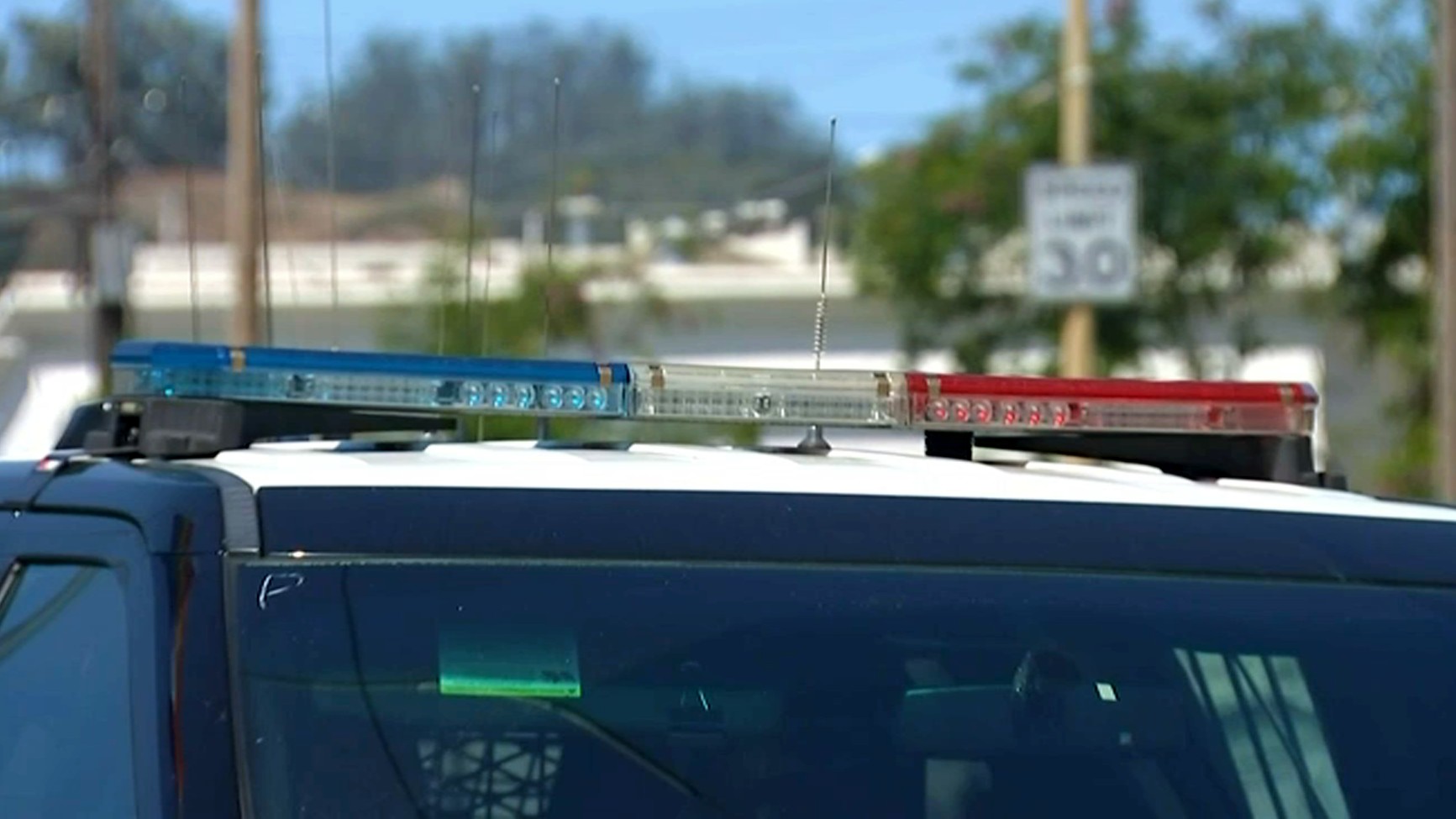San Francisco on Thursday officially moved into the COVID-19 yellow tier, and many businesses that were hit hard during the pandemic may soon see some reprieve.
The biggest change with the least restrictive yellow tier is bars aren't required to serve food and are allowed to operate indoors at 25% capacity.
Capacity also increases for indoor gyms, wineries, restaurants and tasting rooms, all of which can expand to 50% capacity. The capacity for live events now stands a 67%.
The owner of Hobson’s CHoice in the Haight-Ashbury neighborhood said the yellow tier status couldn’t come at a better time, right before the weekend.
“I’ll take whatever business I can get even at 25% because to see money going into the account instead of leaving the account is much better than nothing,” said Chris Dickerson.
One of the owner’s at Uniq, a clothing store next door said more people coming down for a drink could also mean more folks stopping by her store
Local
“If the street is more packed with people, then our business does well,” said co-owner Cristina Bogaru. “We feel like we are a little community of all the merchants on the street and we all thrive together.”
Get a weekly recap of the latest San Francisco Bay Area housing news. >Sign up for NBC Bay Area’s Housing Deconstructed newsletter.
With the shift to yellow, other industries in the city also could see an uptick, businesses such as parking garages, ride share drivers and hotels to name a few.
The director of San Francisco's Public Health Department credits the city’s high vaccination rate for helping them reach the yellow tier, but also says we’re not done yet.
Health officials are still requiring San Franciscans to continue wearing masks in indoor public places and keeping social distance.
Other Bay Area counties could follow suit with a move to yellow. Santa Clara County Public Health Director Dr. Sarah Cody told NBC Bay Area the county remains in orange but is certainly drifting toward yellow. The county’s adjusted case rate is 2.3 per 100,000, and it needs to get to 2 per 100,000.



